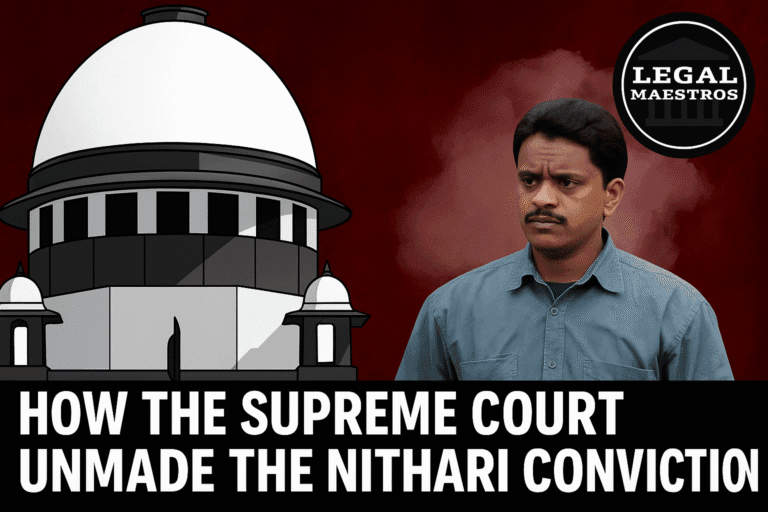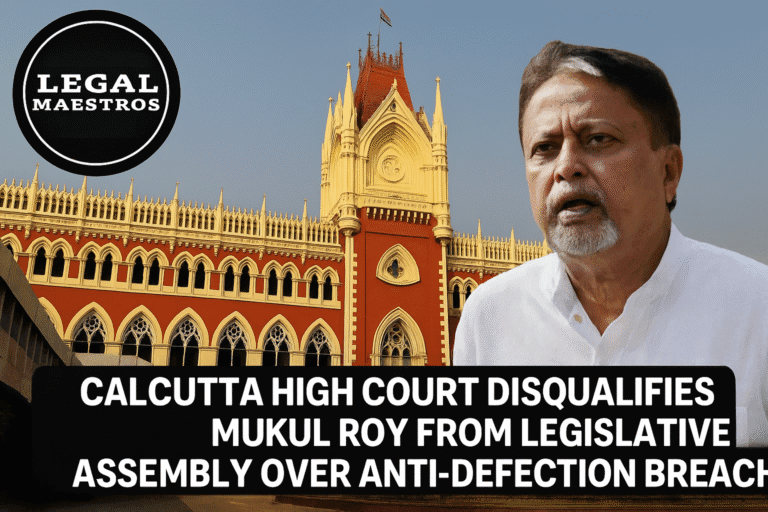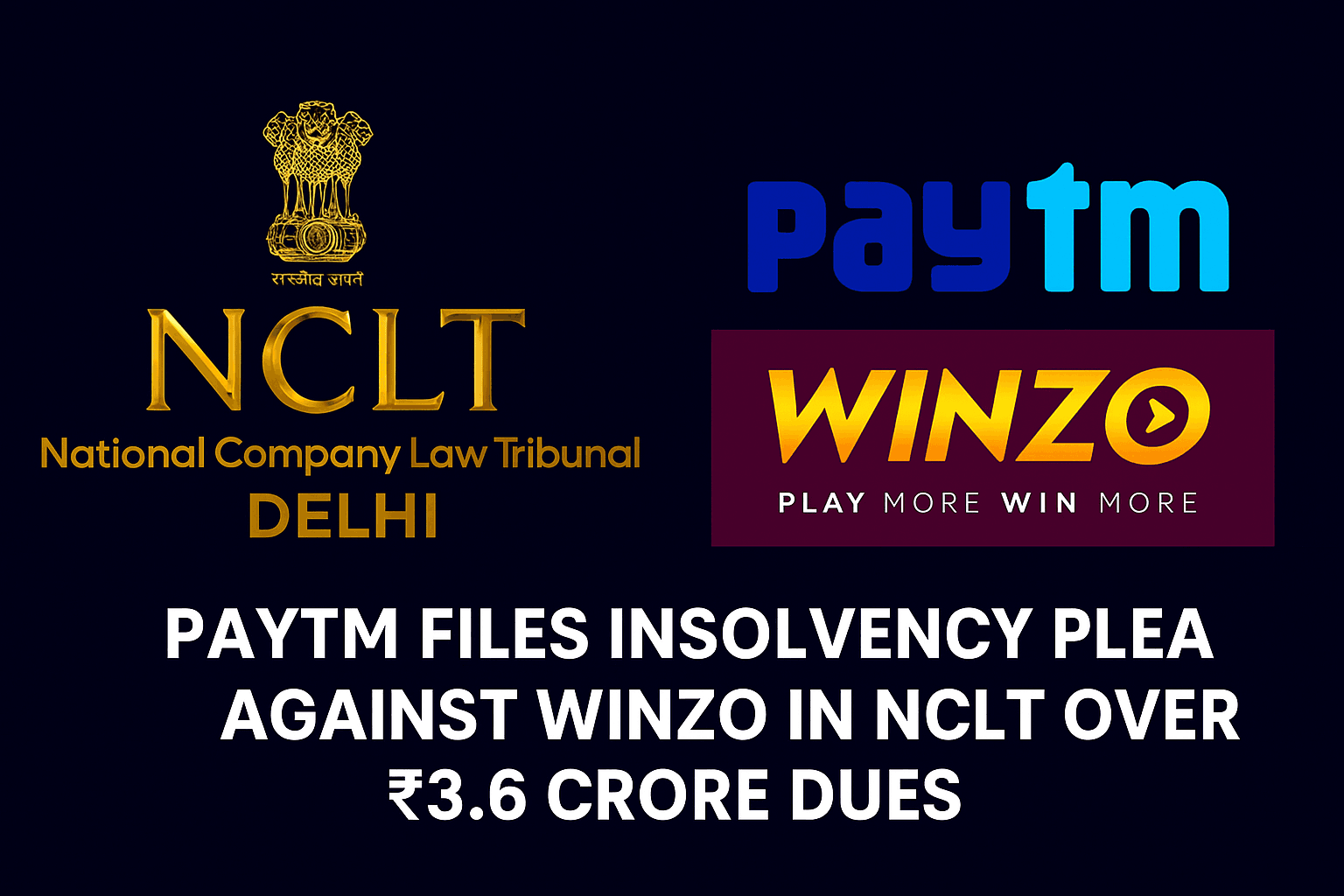
In a potentially game-changing ruling on the way that Indian courts assess age of accused, the Supreme Court dismissed the plea of juvenility raised by a murder accused when it flatly rejected what he claimed was proof of age school records. The Court insisted that only bona fide documentation or official statutory documents, such as family register or voters’ list, and solid medical evidence can be relied upon in matters of doubt about age and in cases of serious crimes.
FACTS
The dispute originated after a tragic incident on August 31, 2011. In police records, it stated that two men broke into a man named Suresh’s house, put Suresh’s family in fear of their lives, and fired on Suresh’s brother (Rajesh), thus killing him. As the investigation progressed as to who these assailants were, one of them, Devi Singh, claimed that he is a juvenile (in fact, he was supposedly only 16 years old) pleaded to be dealt with under the noticeably lenient framework of the Juvenile Justice Act.
What did he base his pleas of juvenility on?School certificates from four different schools, each echoing a birth date provided by his father back when Singh was first enrolled. Both the trial court and Uttarakhand High Court accepted those certificates and treated Singh as a minor.
For any queries or to publish an article or post or advertisement on our platform, do call at +91 6377460764 or email us at contact@legalmaestros.com.
ISSUE
Was Devi Singh really a minor when the crime was committed or was this simply a convenient backdoor out of being judged as an adult for a capital offence?
JUDGEMENT
A bench consisting of Justice Pankaj Mithal and Justice Ahsan Uddin Amanullah took a hard look at the foundation of the juvenility claim. Their answer: School certificates alone aren’t enough, especially when the date of birth is based on nothing but a verbal claim from a parent or guardian and not on any original documents. The Justices pointed out that the records from private schools, created on the say-so of a parent with no paperwork backup, simply don’t meet the test for public documents under Indian law.
They instead gave weight to the family register maintained under the Panchayat Raj Act — an official government record — which put Singh’s birth year as 1991. Add to that the voters’ list, which showed him as 22 years old in 2012, and a doctor’s report pegging his age at about 22, and the writing was on the wall. In the face of this firmly grounded evidence, school certificates faded into the background.
For any queries or to publish an article or post or advertisement on our platform, do call at +91 6377460764 or email us at contact@legalmaestros.com.
The Court set aside the earlier findings by both the trial and High courts and ordered the murder trial to proceed as if Singh was an adult




![Research Assistantship @ Sahibnoor Singh Sindhu, [Remote; Stipend of Rs. 7.5k; Dec 2025 & Jan 2026]: Apply by Nov 14, 2025!](https://legalmaestros.com/wp-content/uploads/2025/11/Gemini_Generated_Image_s0k4u6s0k4u6s0k4-768x707.png)
![Karanjawala & Co Hiring Freshers for Legal Counsel [Immediate Joining; Full Time Position in Delhi]: Apply Now!](https://legalmaestros.com/wp-content/uploads/2025/11/Gemini_Generated_Image_52f8mg52f8mg52f8-768x711.png)